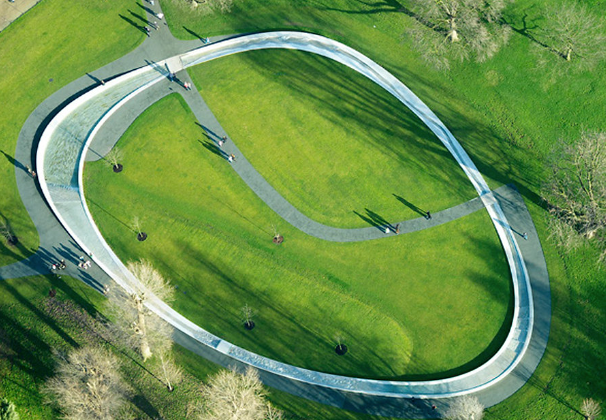Kathryn Gustafson: A Visionary in Landscape Design
Kathryn Gustafson, an internationally renowned landscape architect, has transformed public spaces and gardens around the world with her unique blend of artistry and functionality. Her work transcends traditional landscape design, engaging communities and connecting people with nature. Understanding Gustafson’s approach can inspire improved public spaces and personal gardens alike, making it a topic worth exploring for both enthusiasts and professionals.
The Art of Fluidity in Landscape Design
One of Kathryn Gustafson’s hallmark traits is her ability to create fluid, organic spaces that evoke a sense of harmony with the surrounding environment. She often uses flowing lines and natural materials to design landscapes that feel both inviting and dynamic. Gustafson’s projects, such as the celebrated Diana, Princess of Wales Memorial Fountain in London, showcase her skill in transforming rigid urban areas into serene, contemplative spaces. By letting the landscape breathe, she encourages users to experience nature in an intimate way, making her designs both functional and beautiful.
Integrating Community Needs
Gustafson believes that landscapes should not only be aesthetically pleasing but also serve the community. Her approach includes engaging local residents in the design process, ensuring that the spaces reflect their needs and desires. For example, her work on the National Gallery of Art Sculpture Garden in Washington, D.C., features elements that cater to both art lovers and families, allowing for social interaction as well as individual contemplation. By integrating community needs into her designs, Gustafson enhances the connection between people and their environment, fostering a sense of belonging and ownership.
Sustainability in Landscape Architecture
Sustainability is a core principle of Kathryn Gustafson’s work. She carefully considers ecological impact when designing landscapes, often incorporating native plants and sustainable practices that promote biodiversity. Her projects not only aim for visual appeal but also strive to support local ecosystems. The Leela Palace in New Delhi is a prime example, showcasing native vegetation and sustainable irrigation practices to minimize water use. Gustafson’s commitment to sustainability encourages other landscape architects to prioritize environmental health, making a lasting impact beyond individual projects.
In Conclusion
Kathryn Gustafson’s innovative landscape designs not only beautify spaces but also nurture communities and promote sustainability. Her work serves as a reminder of the power of thoughtful design and its ability to enhance our connections to the environment. If you’re inspired by her vision, explore her projects or delve deeper into the principles of landscape architecture. Embrace the beauty and functionality of outdoor spaces in your own life!

